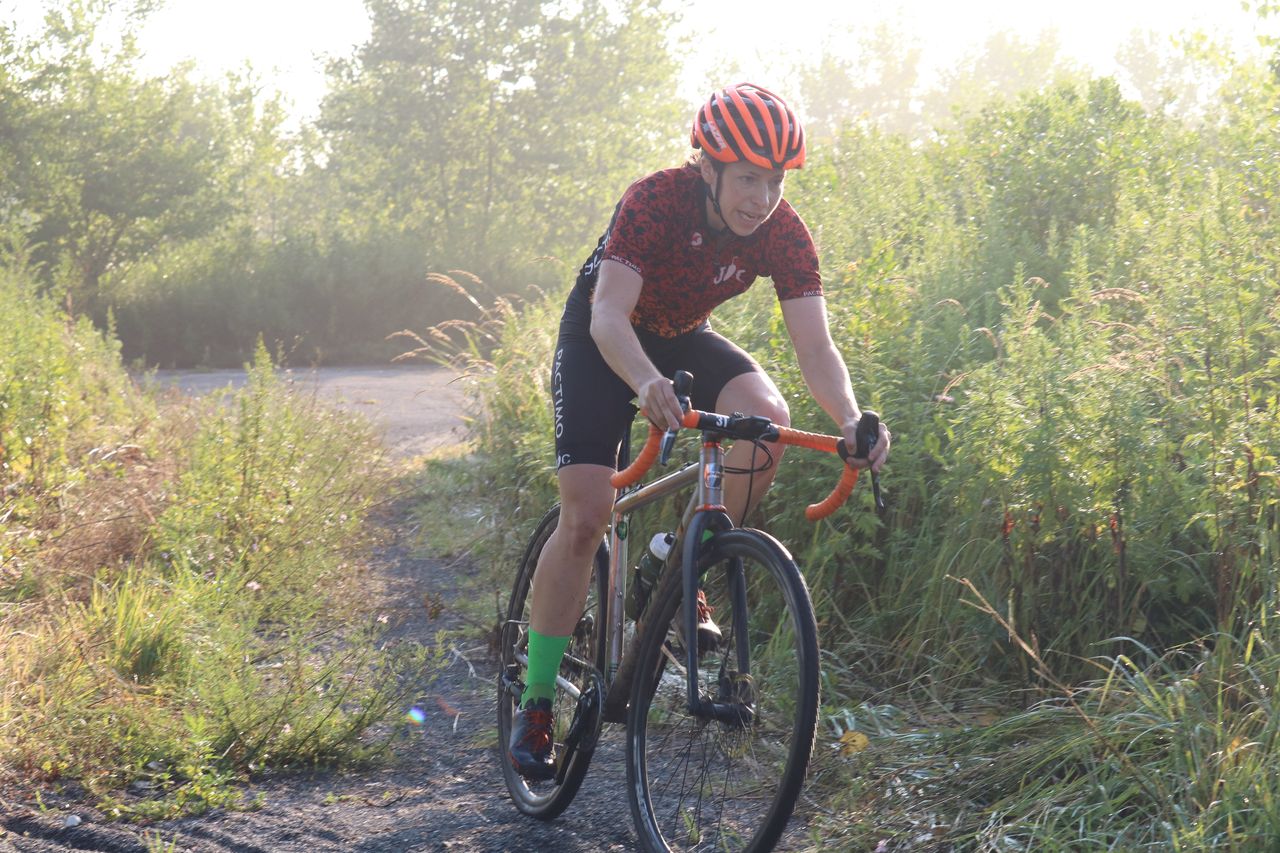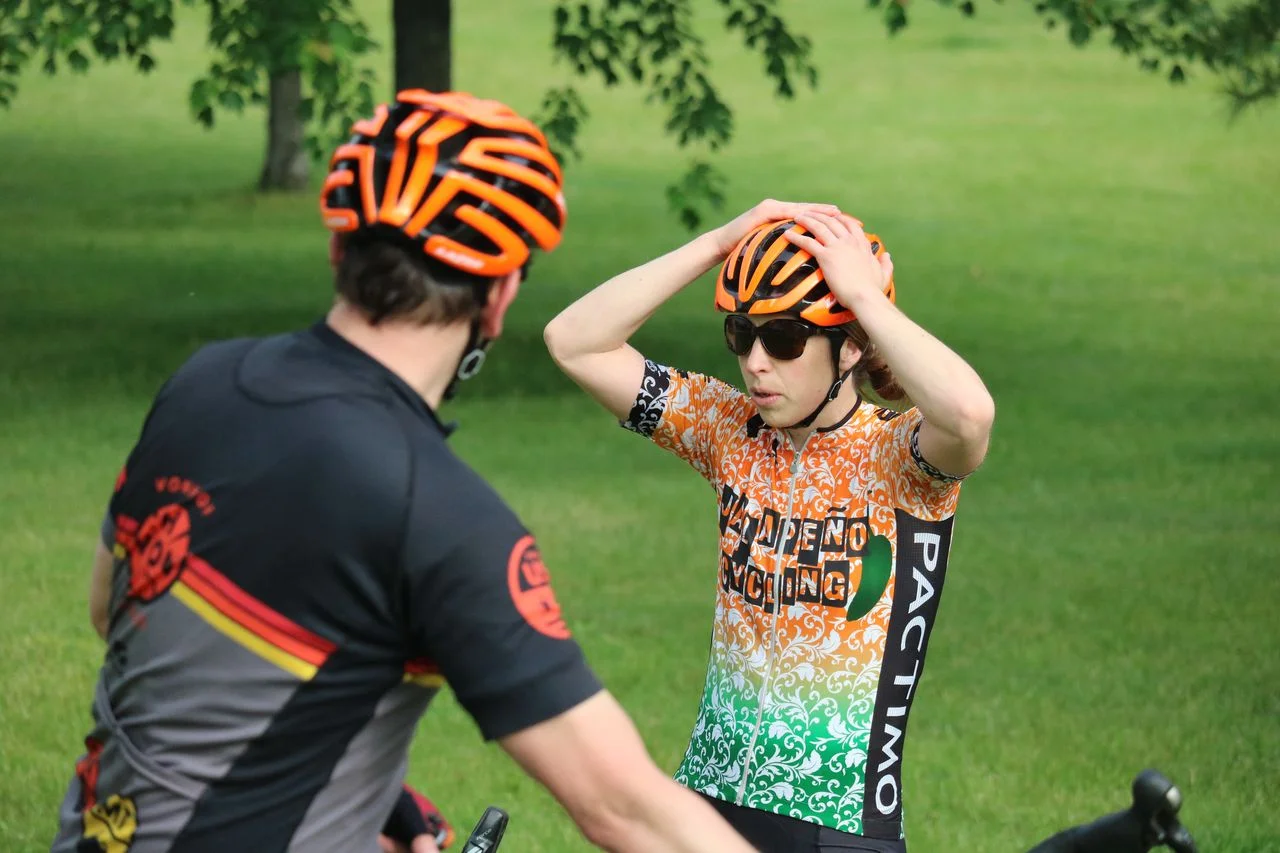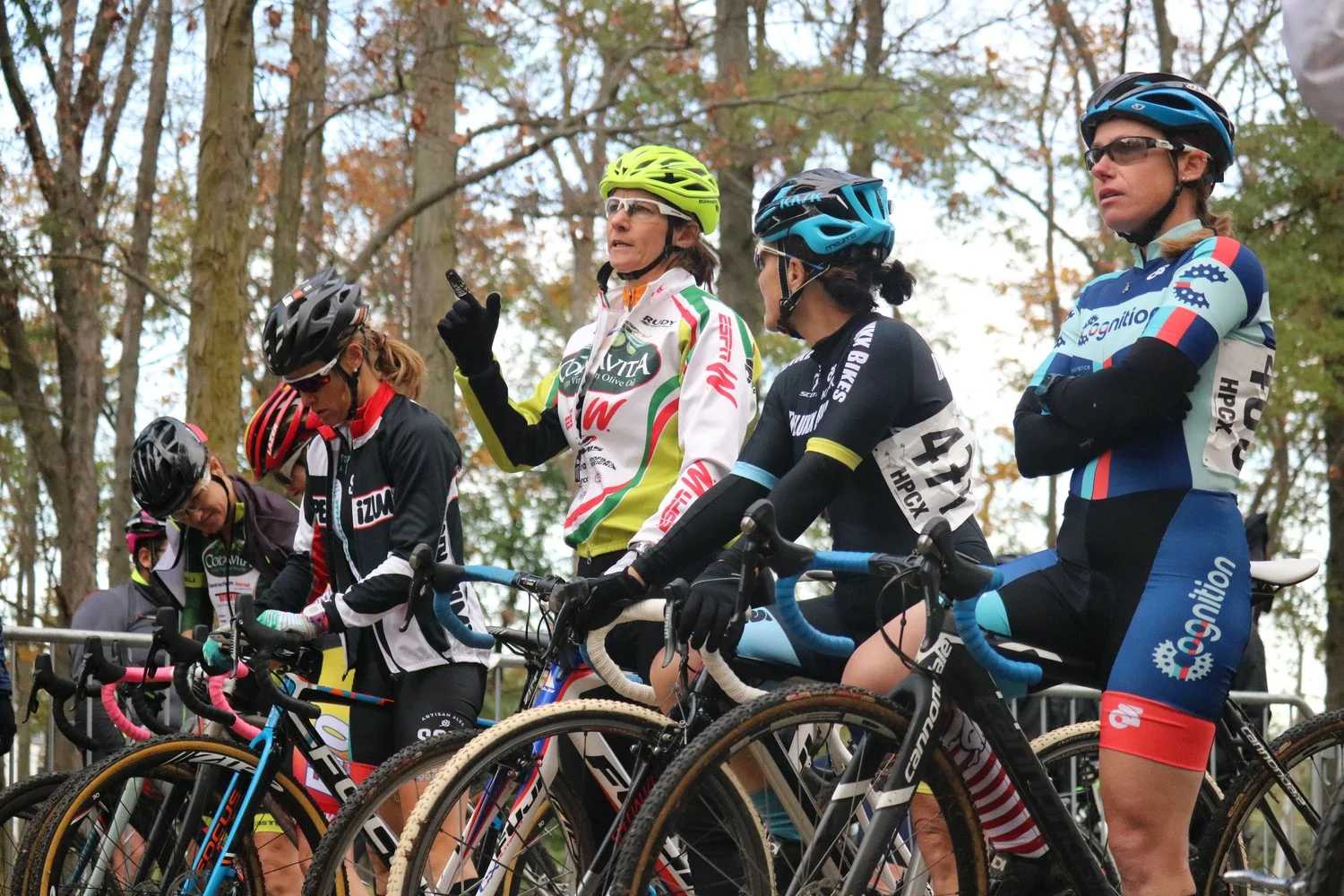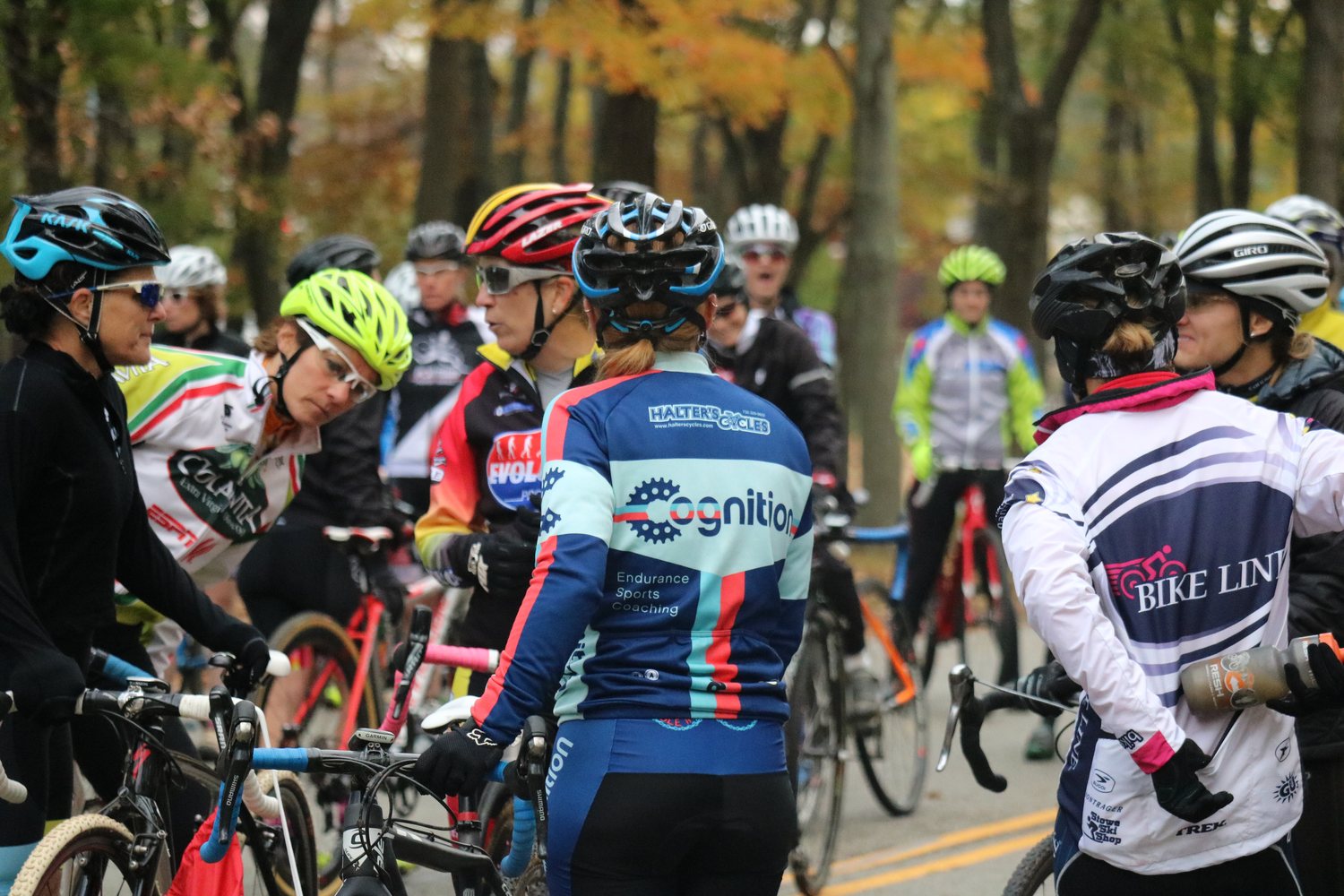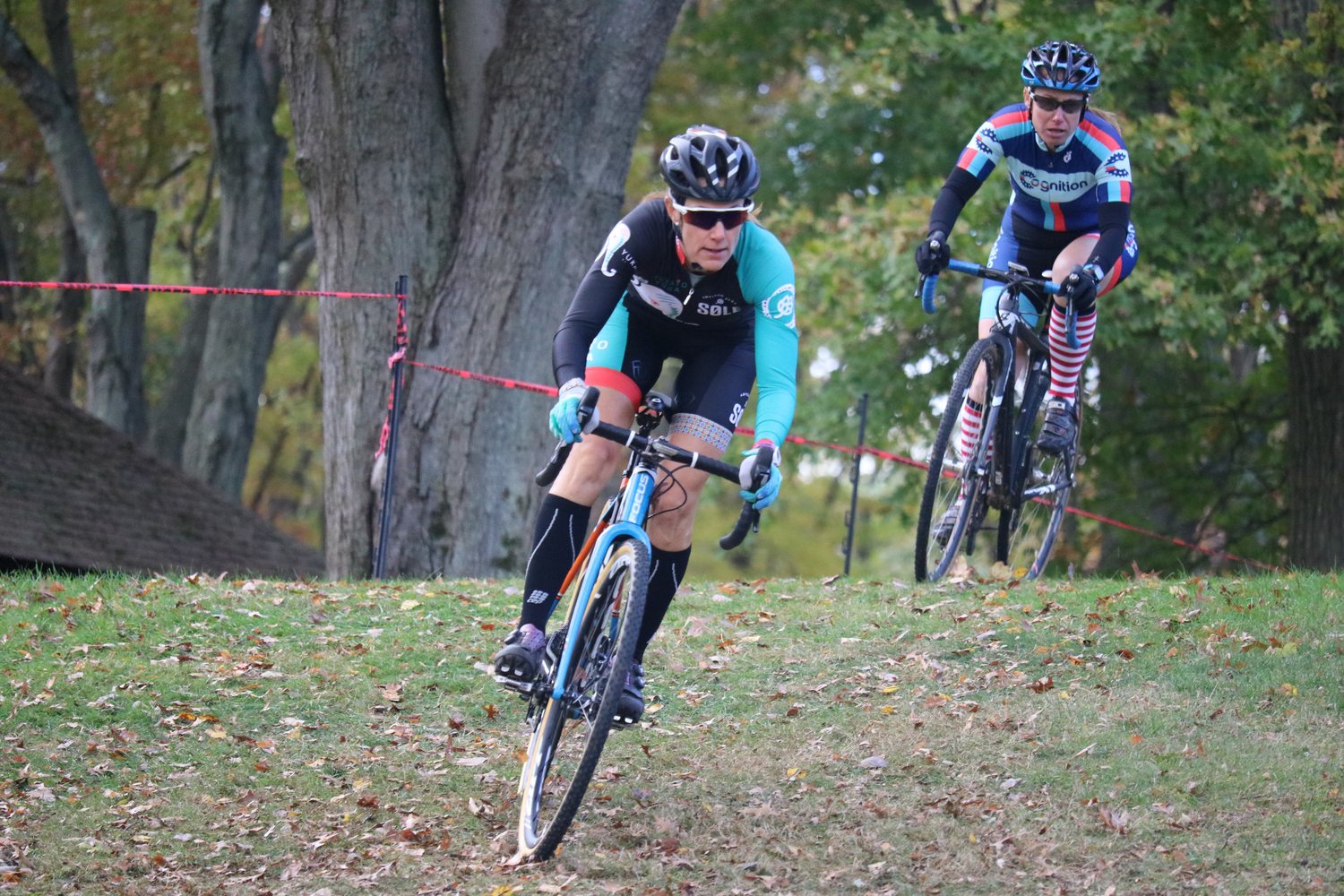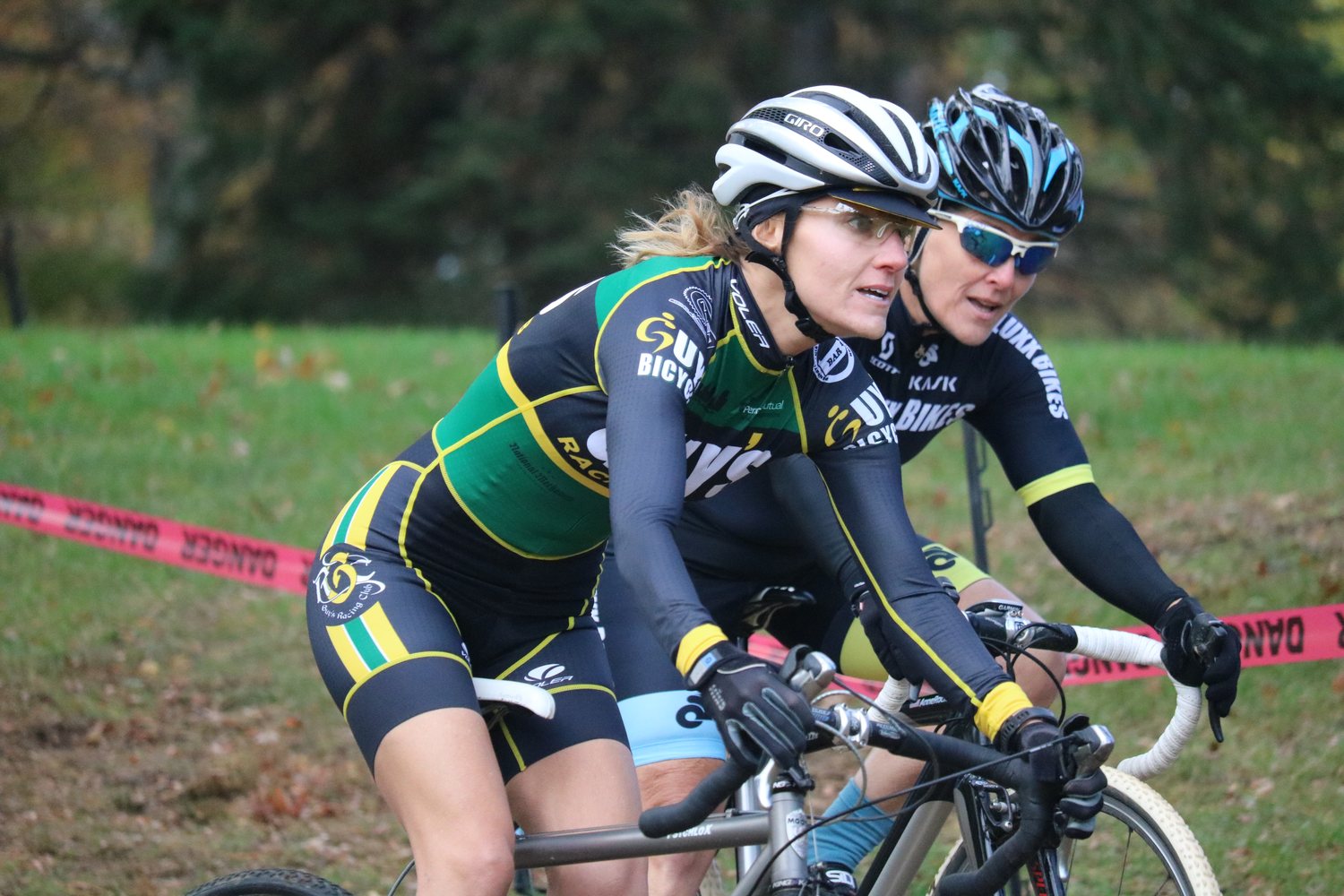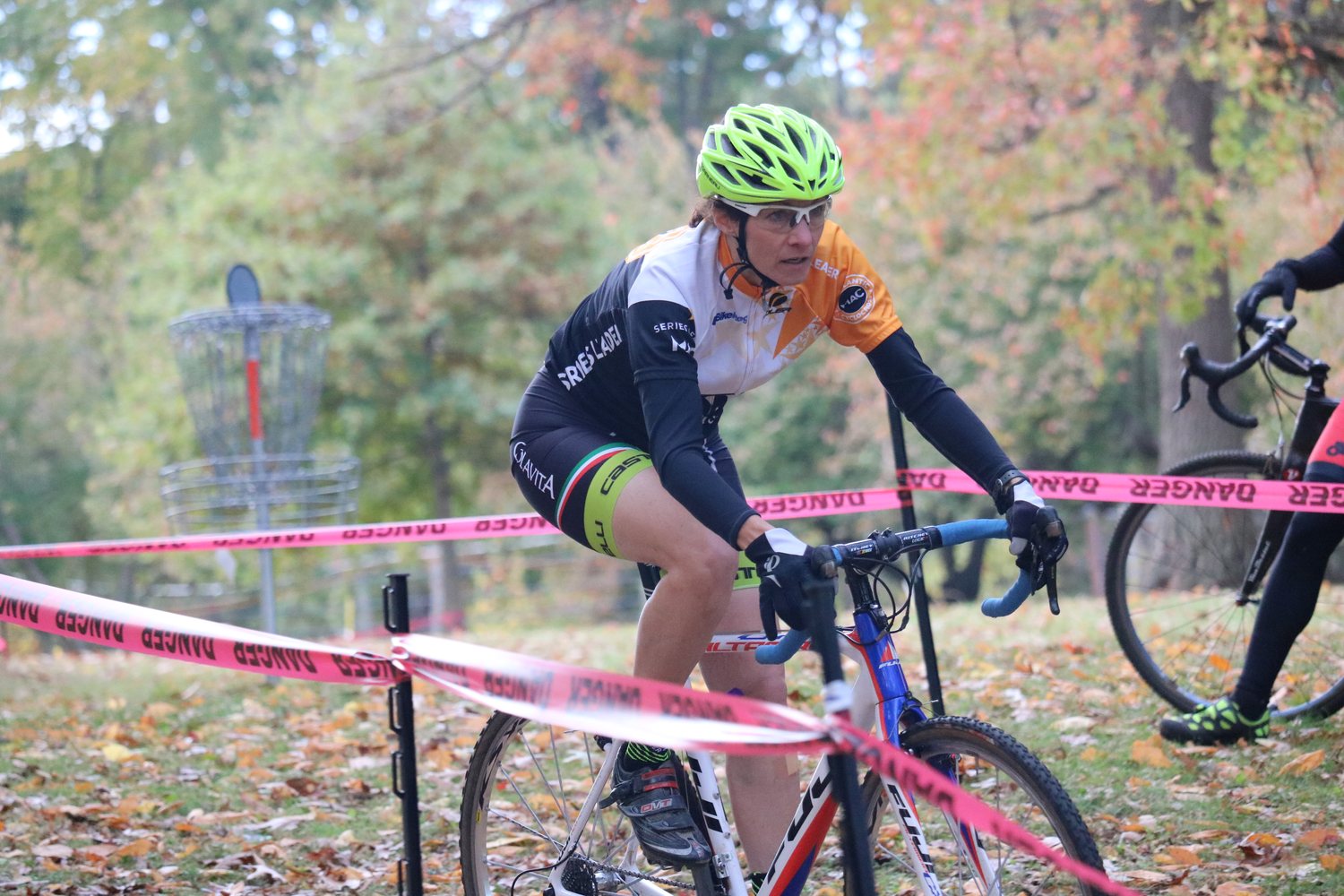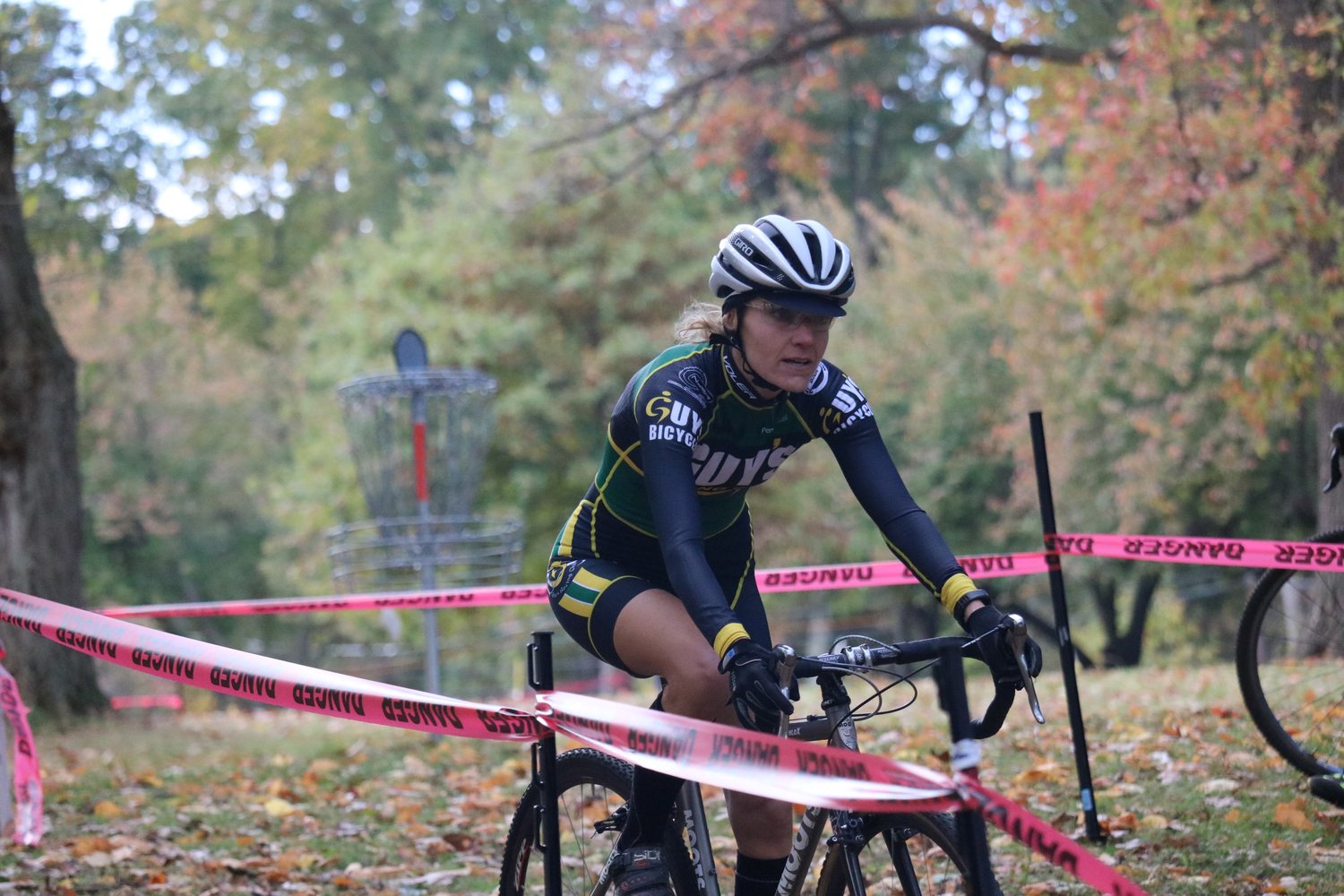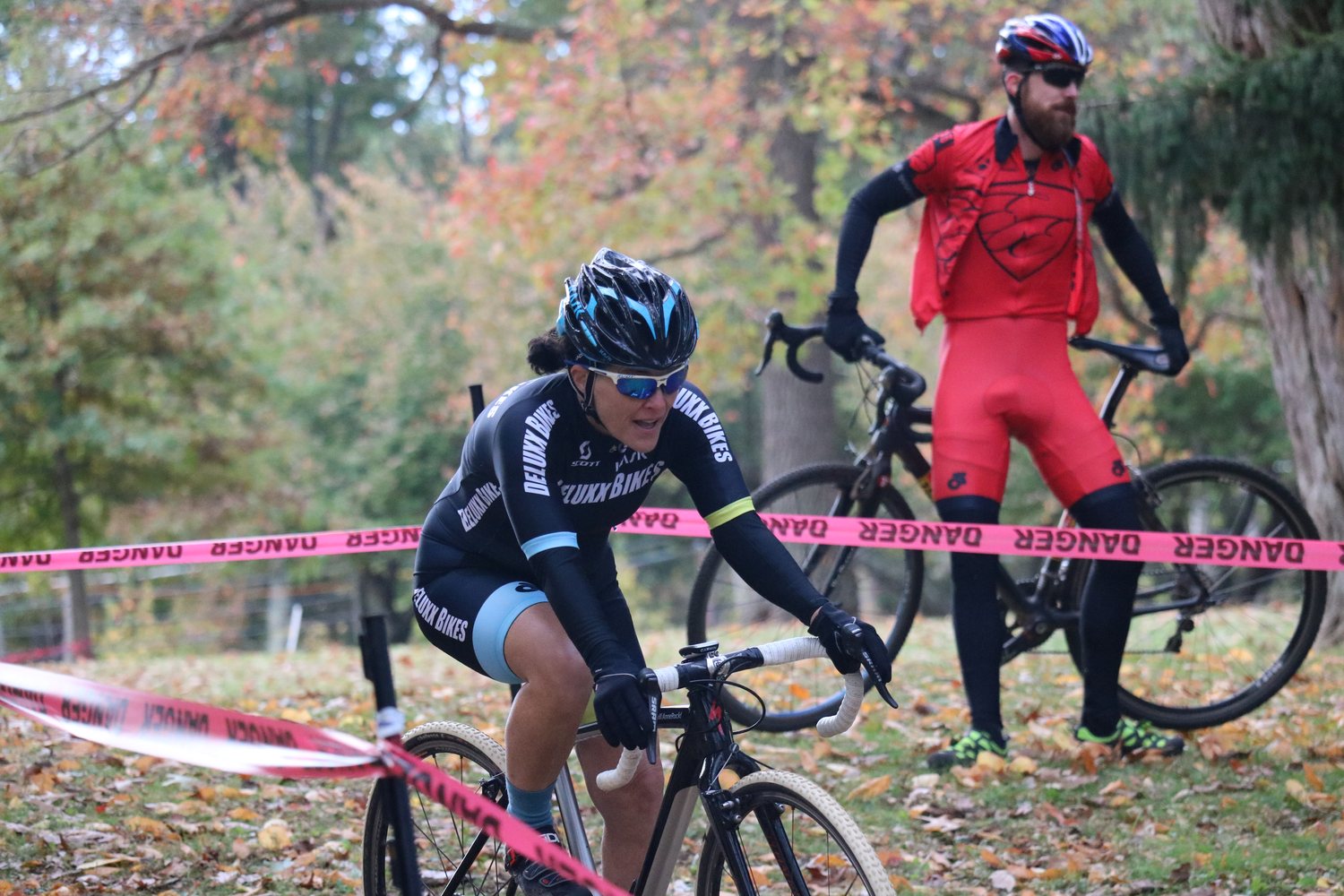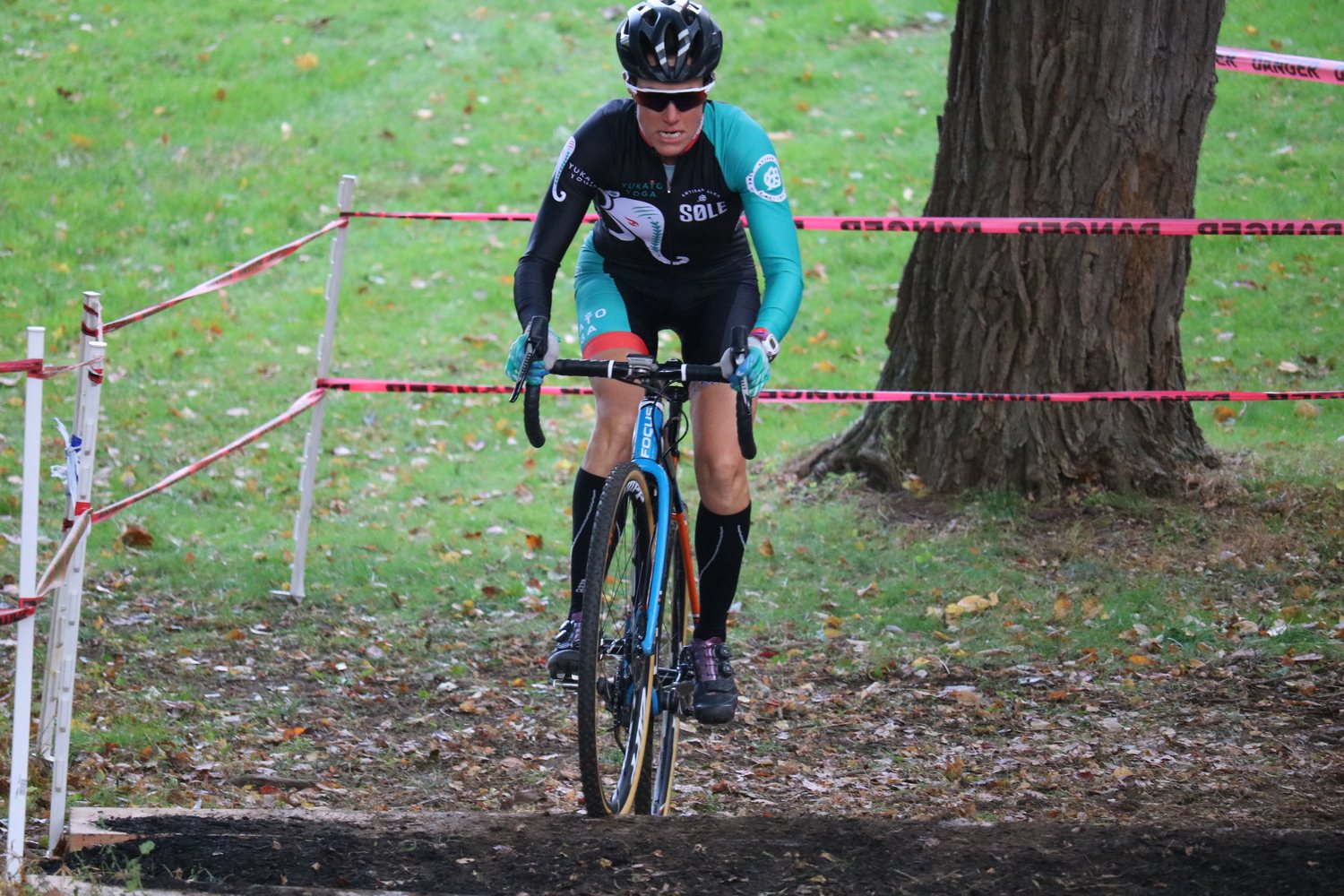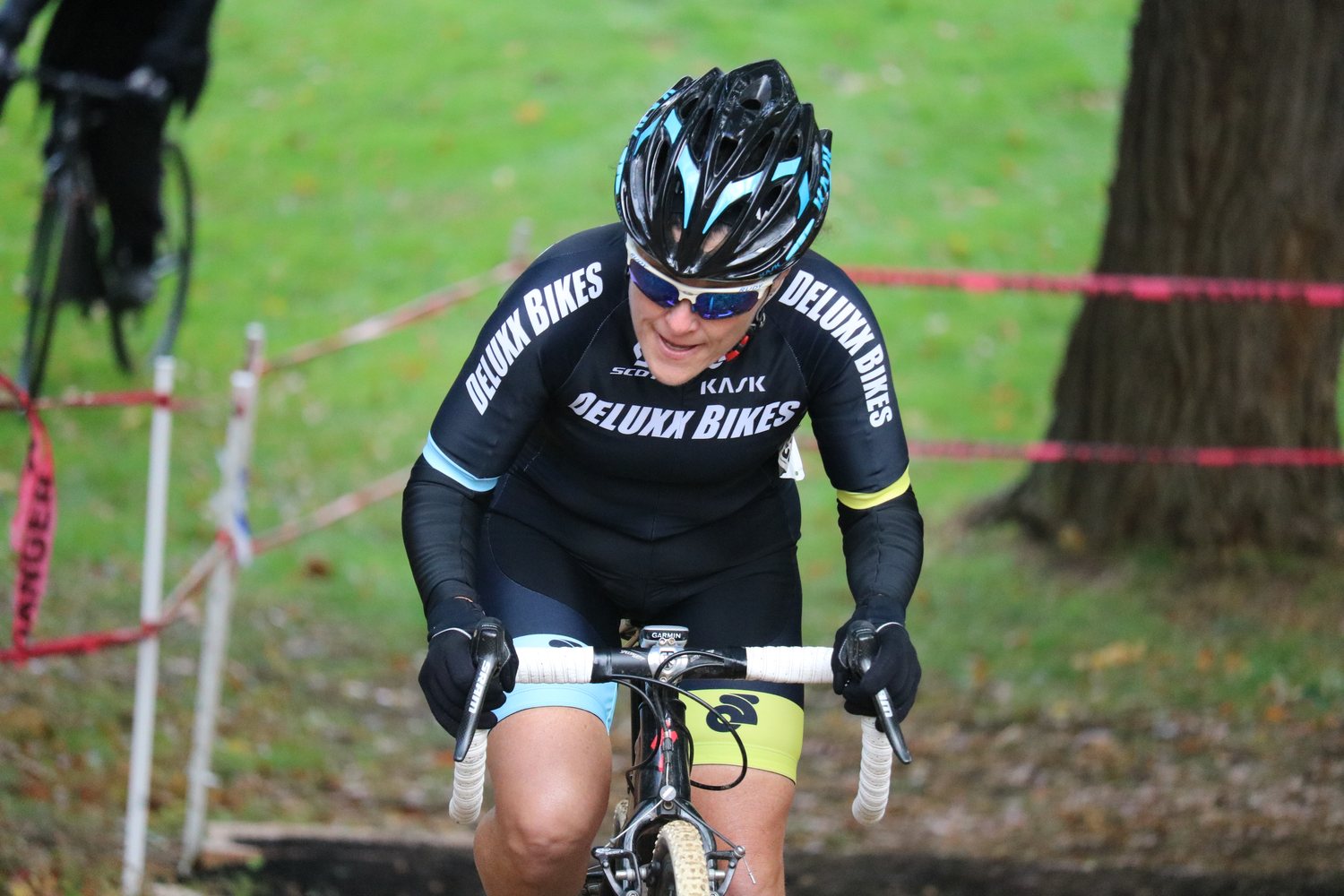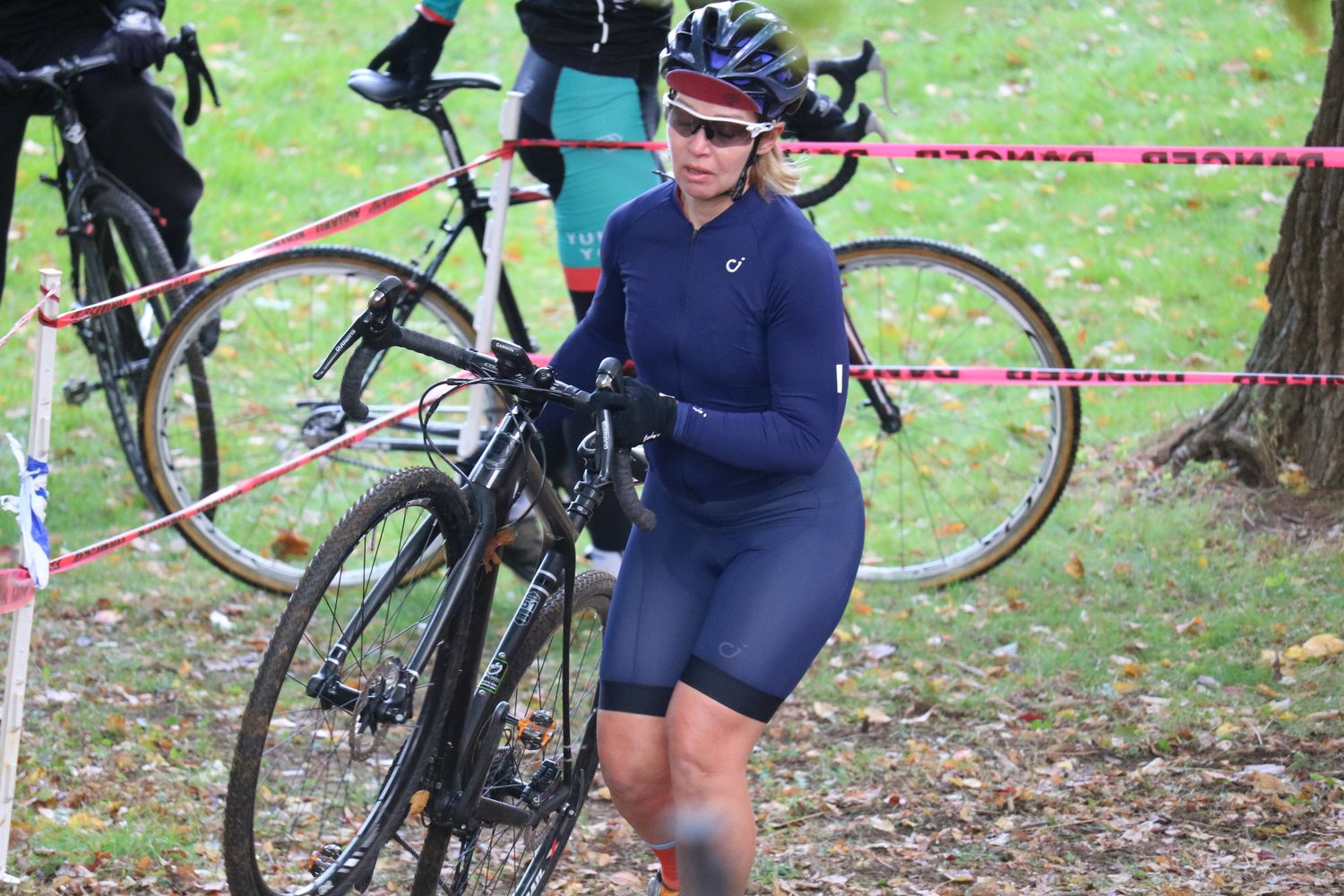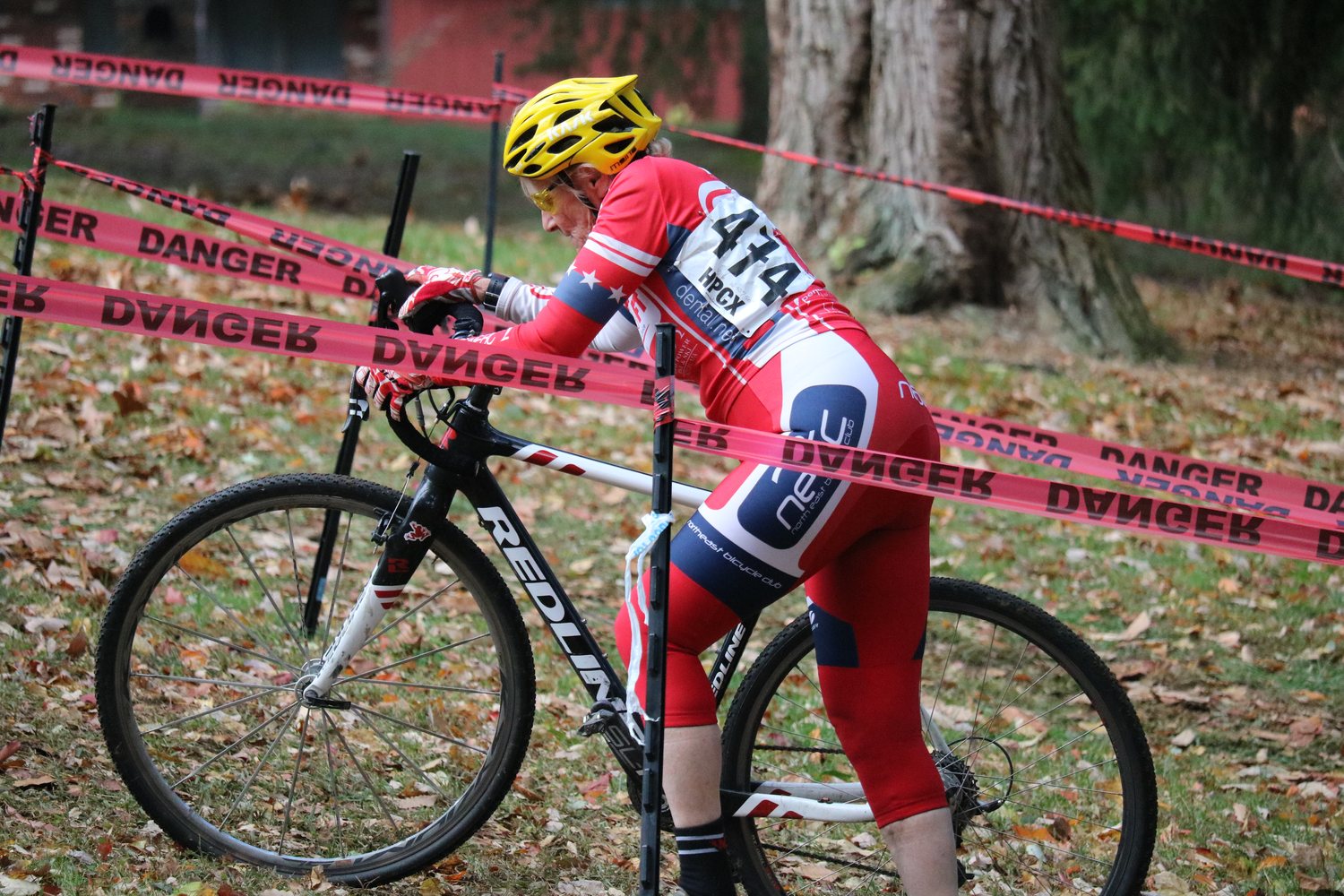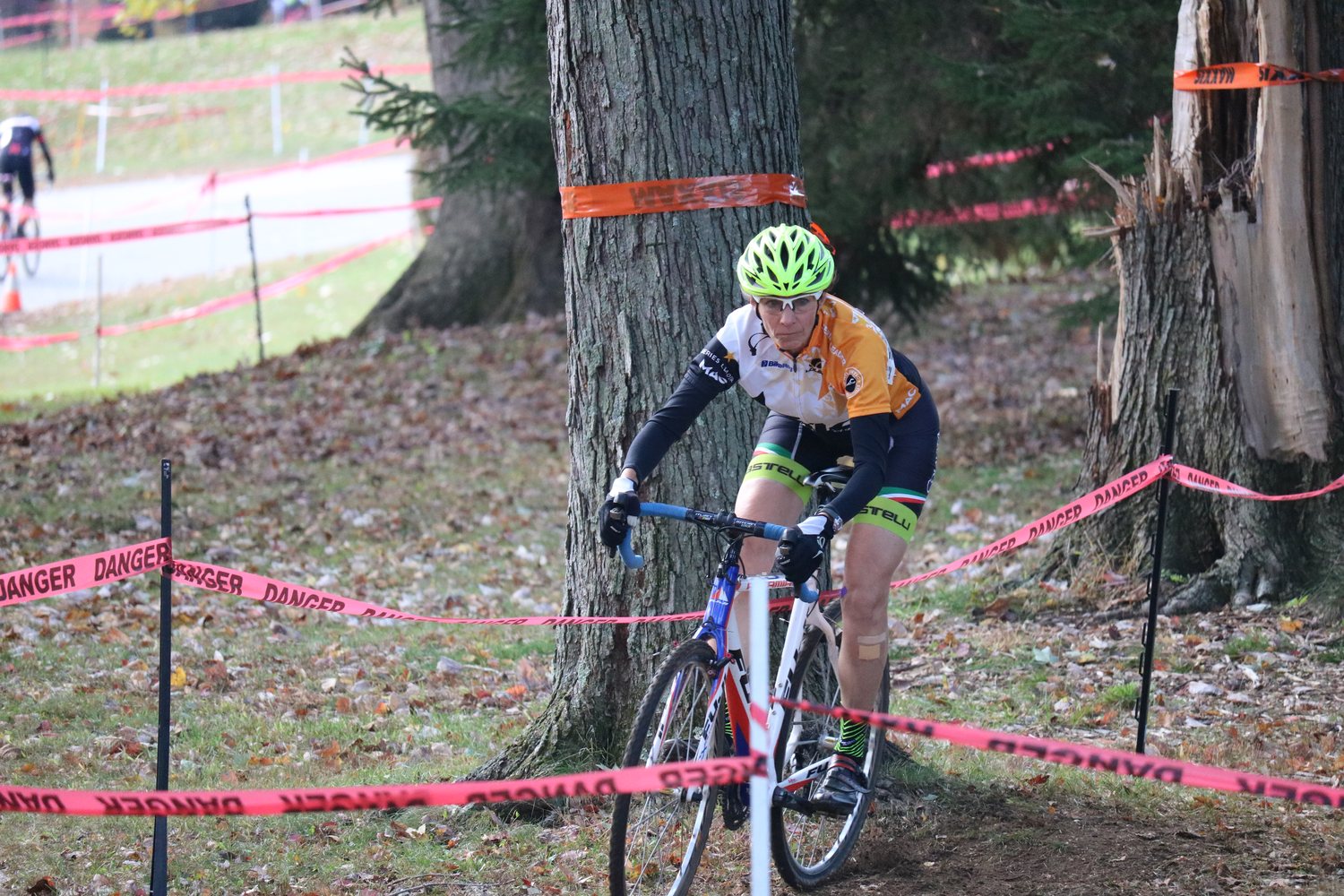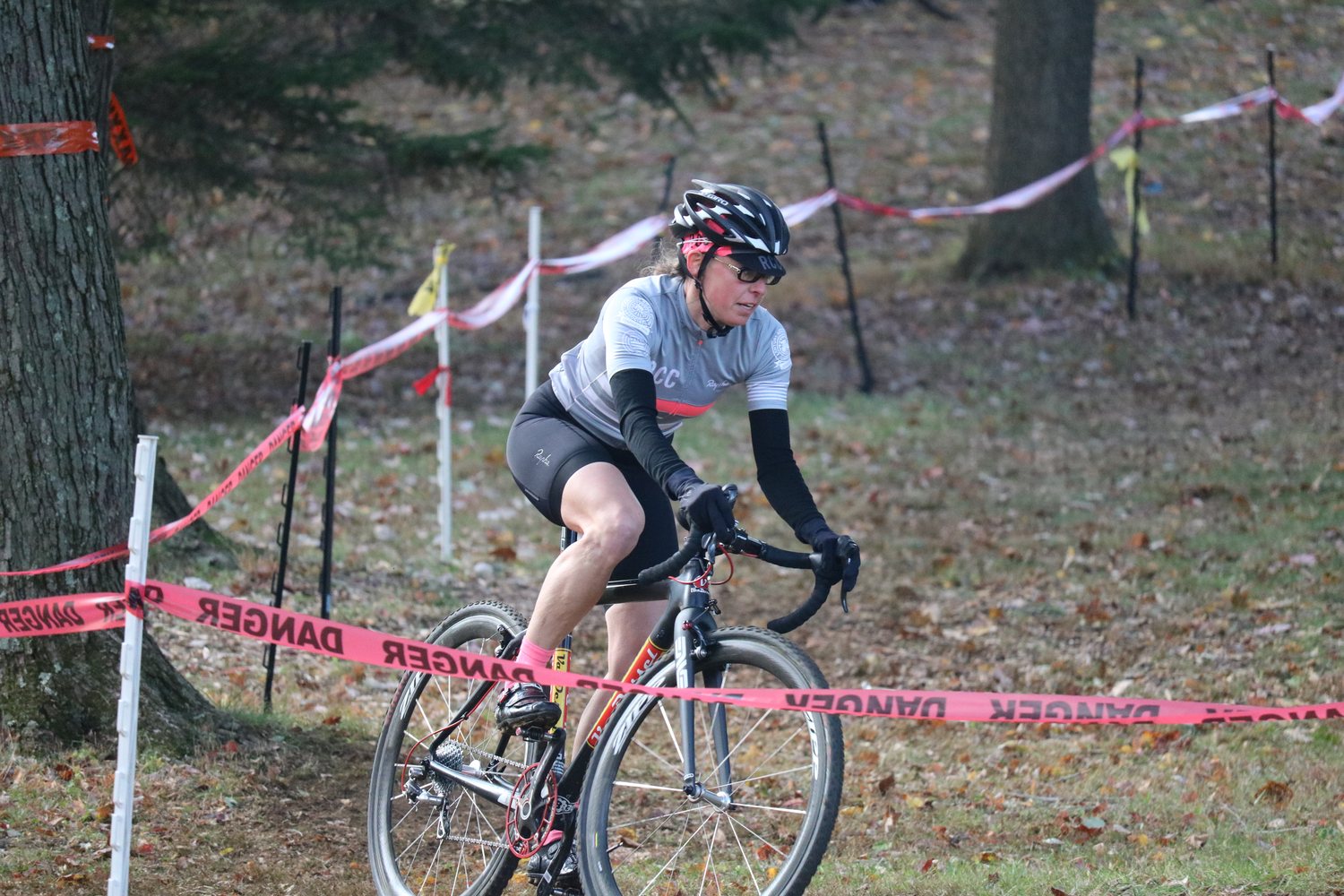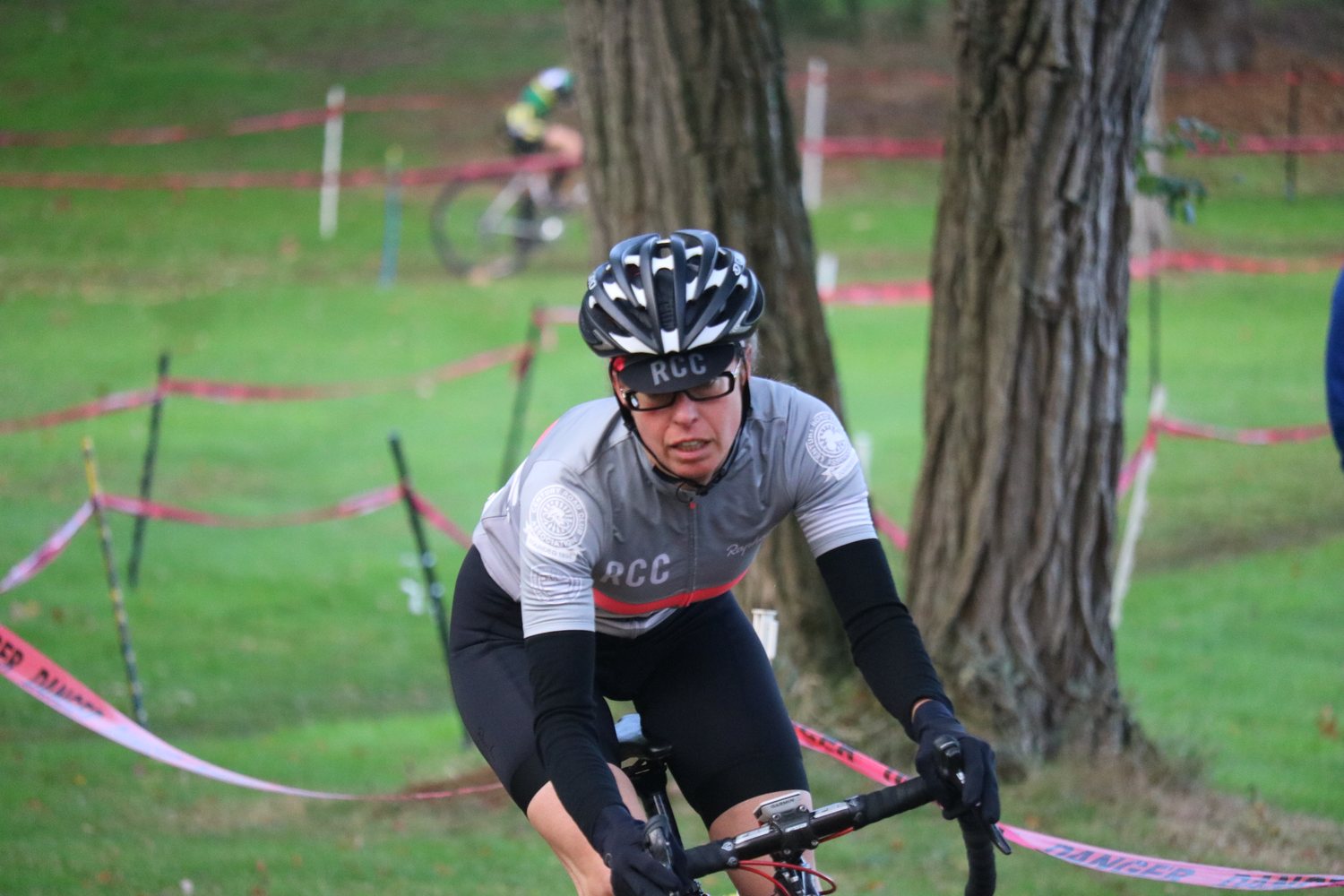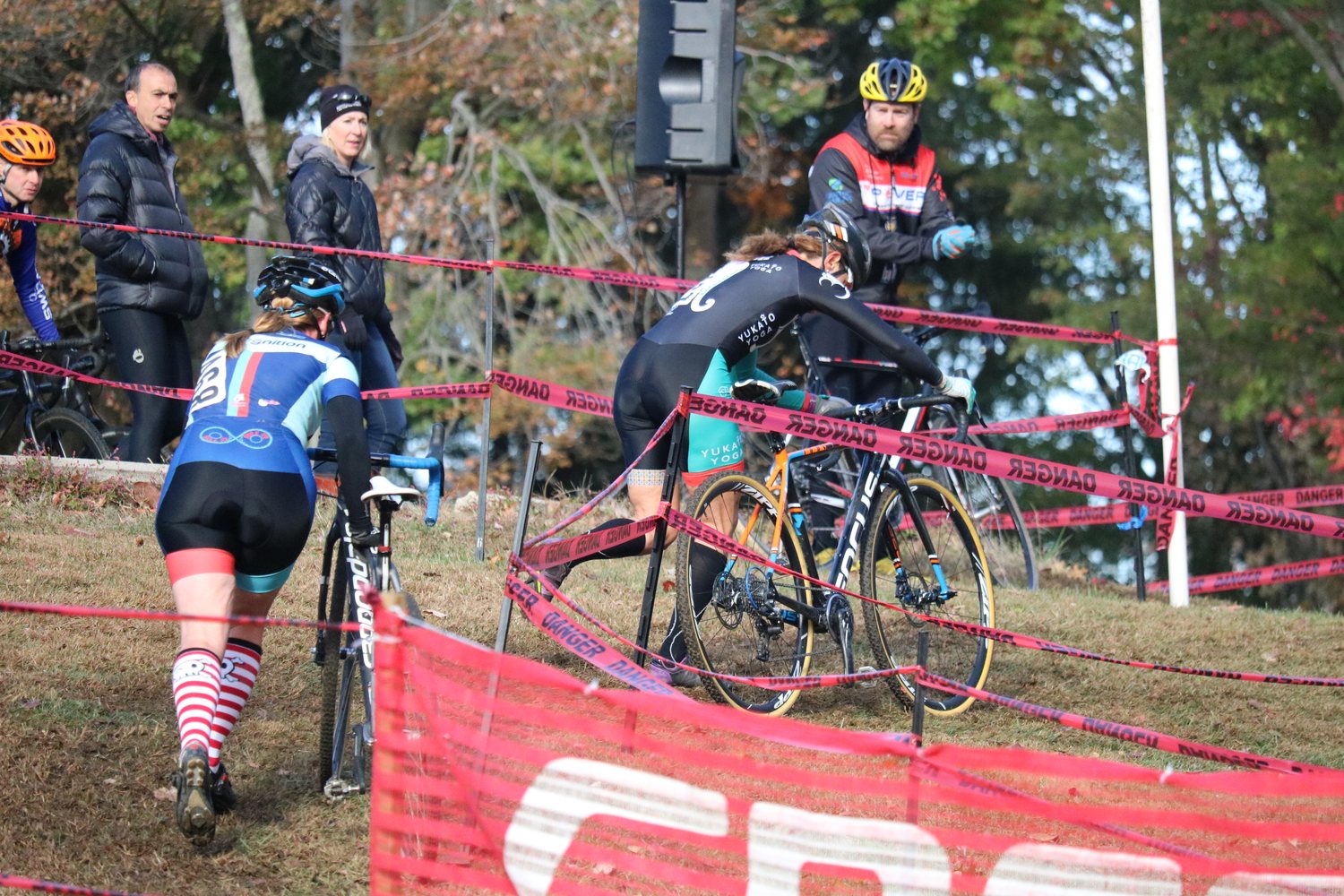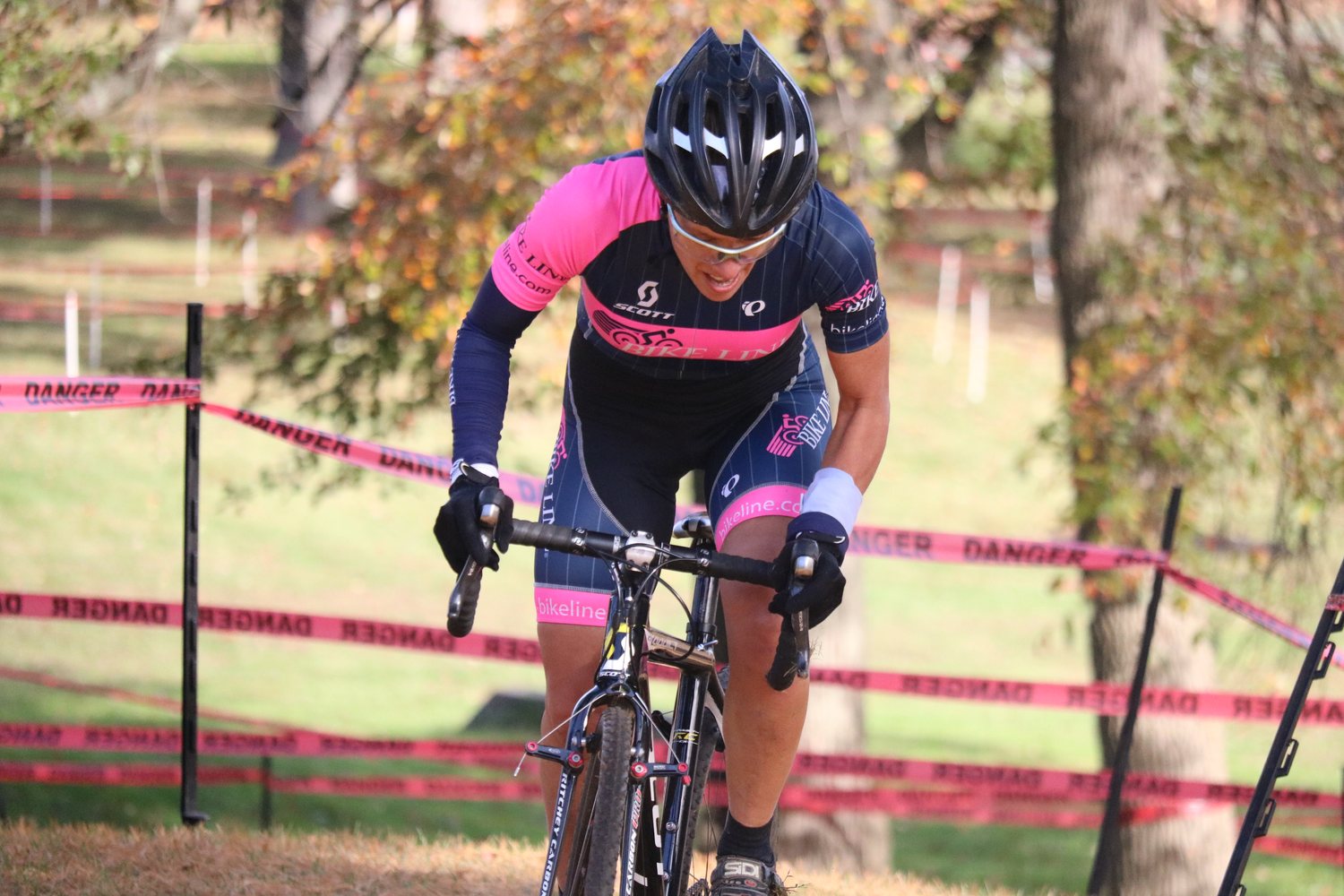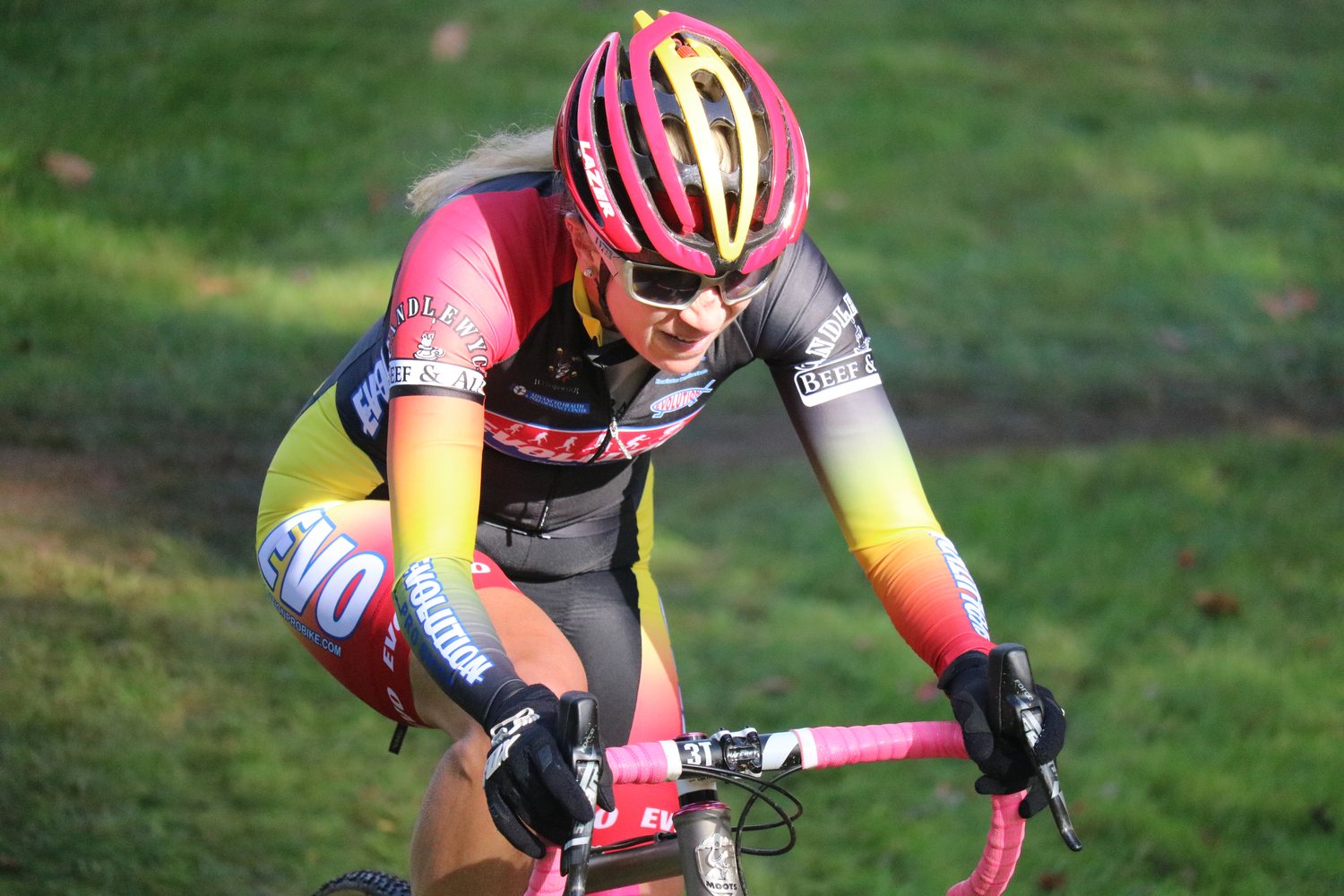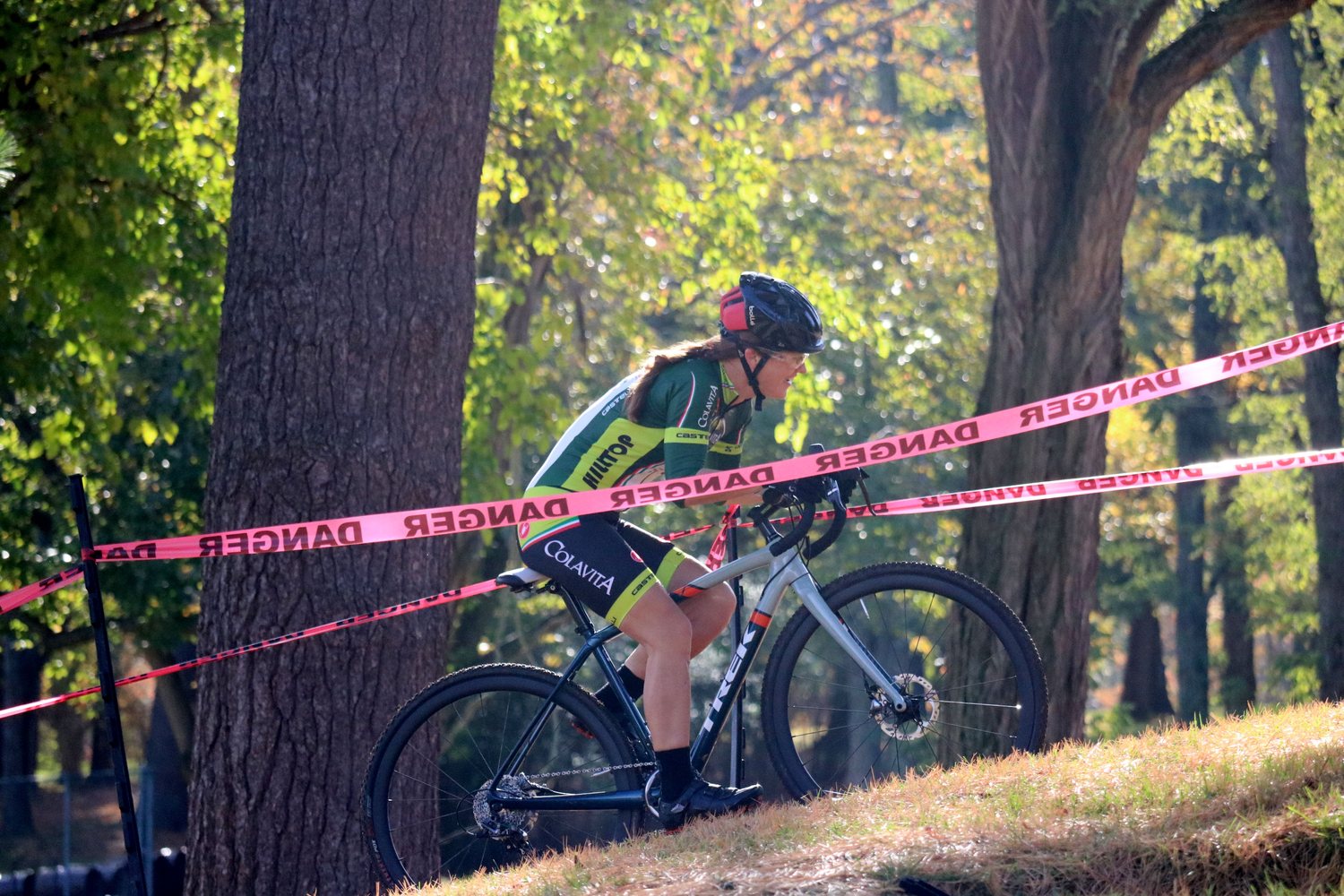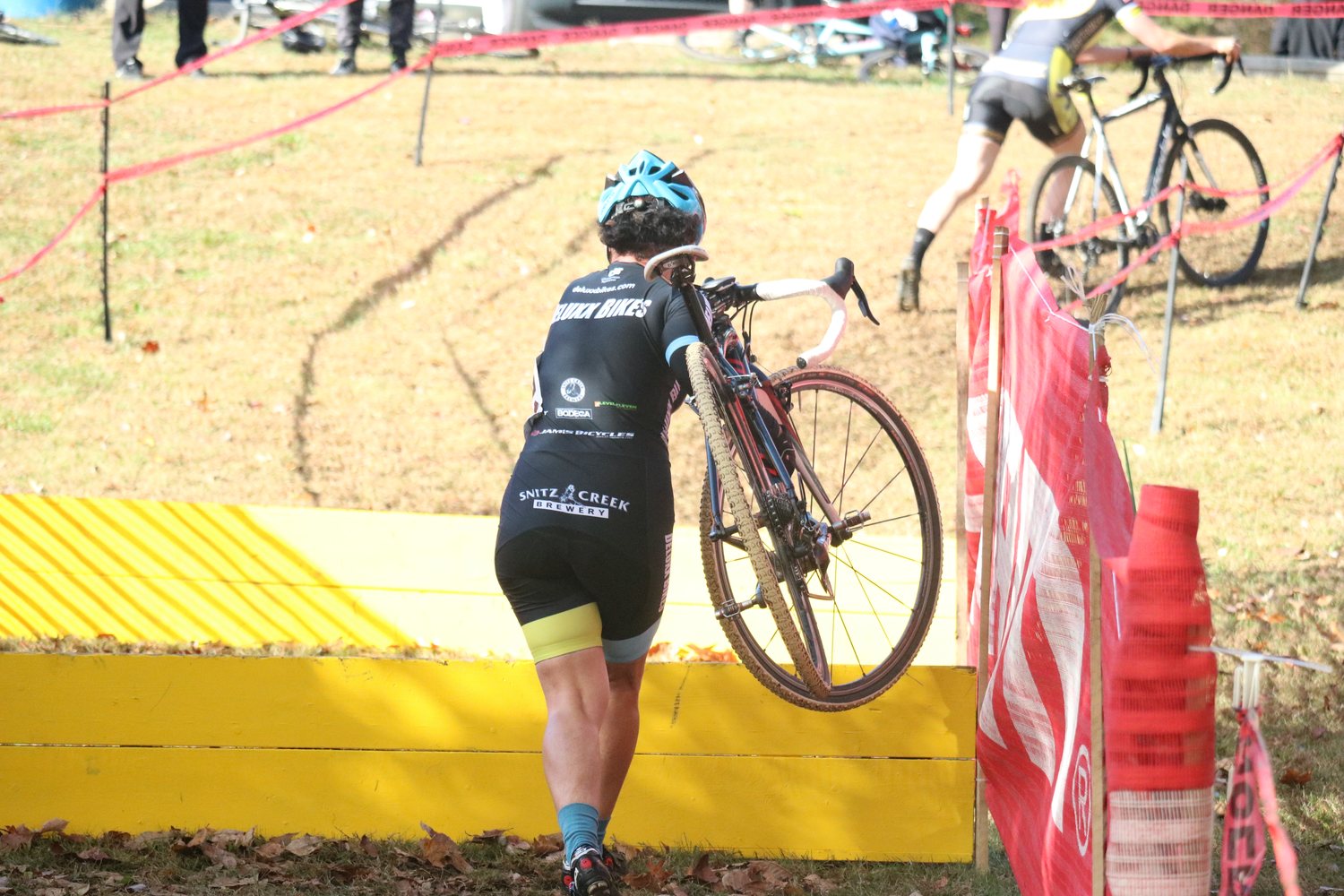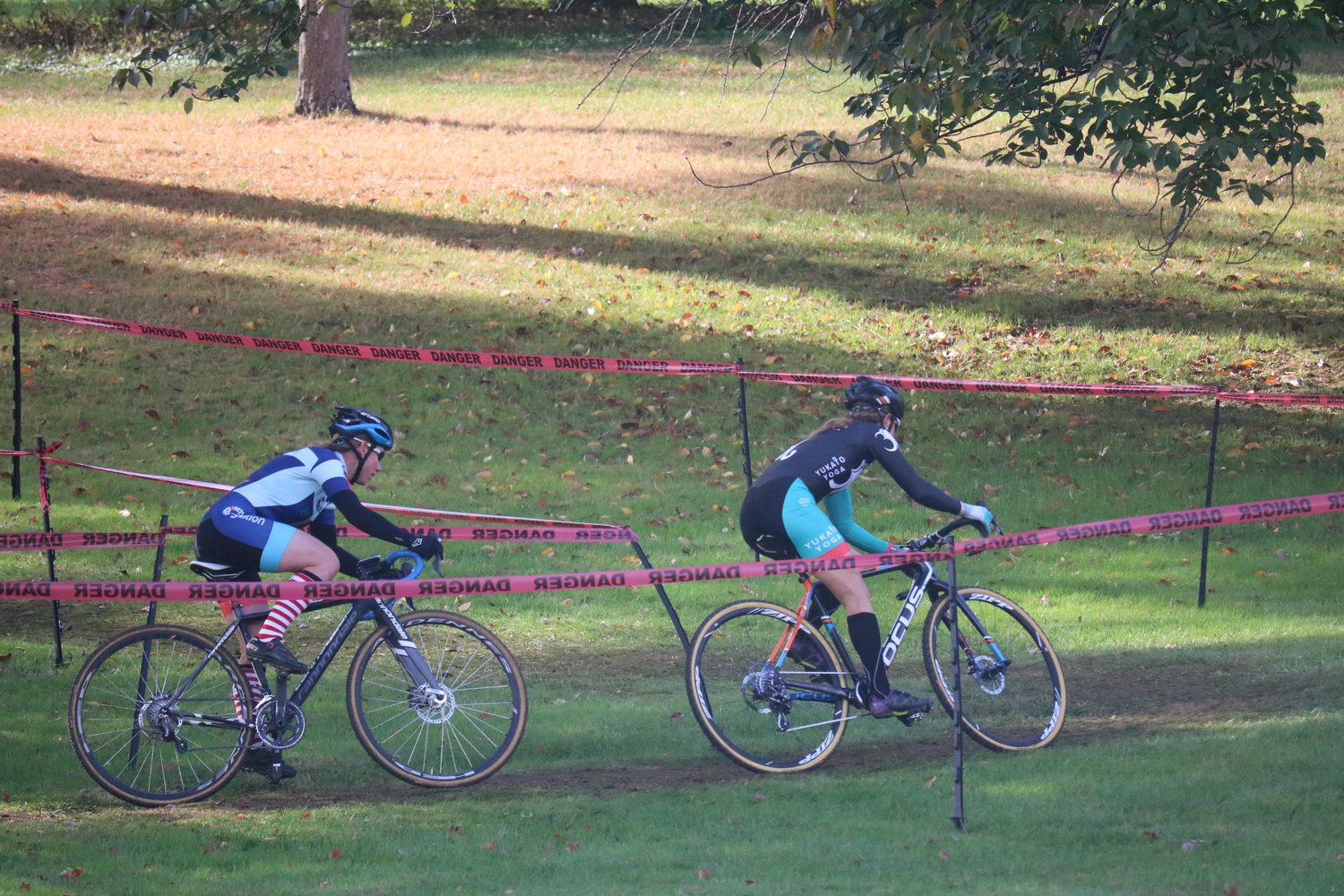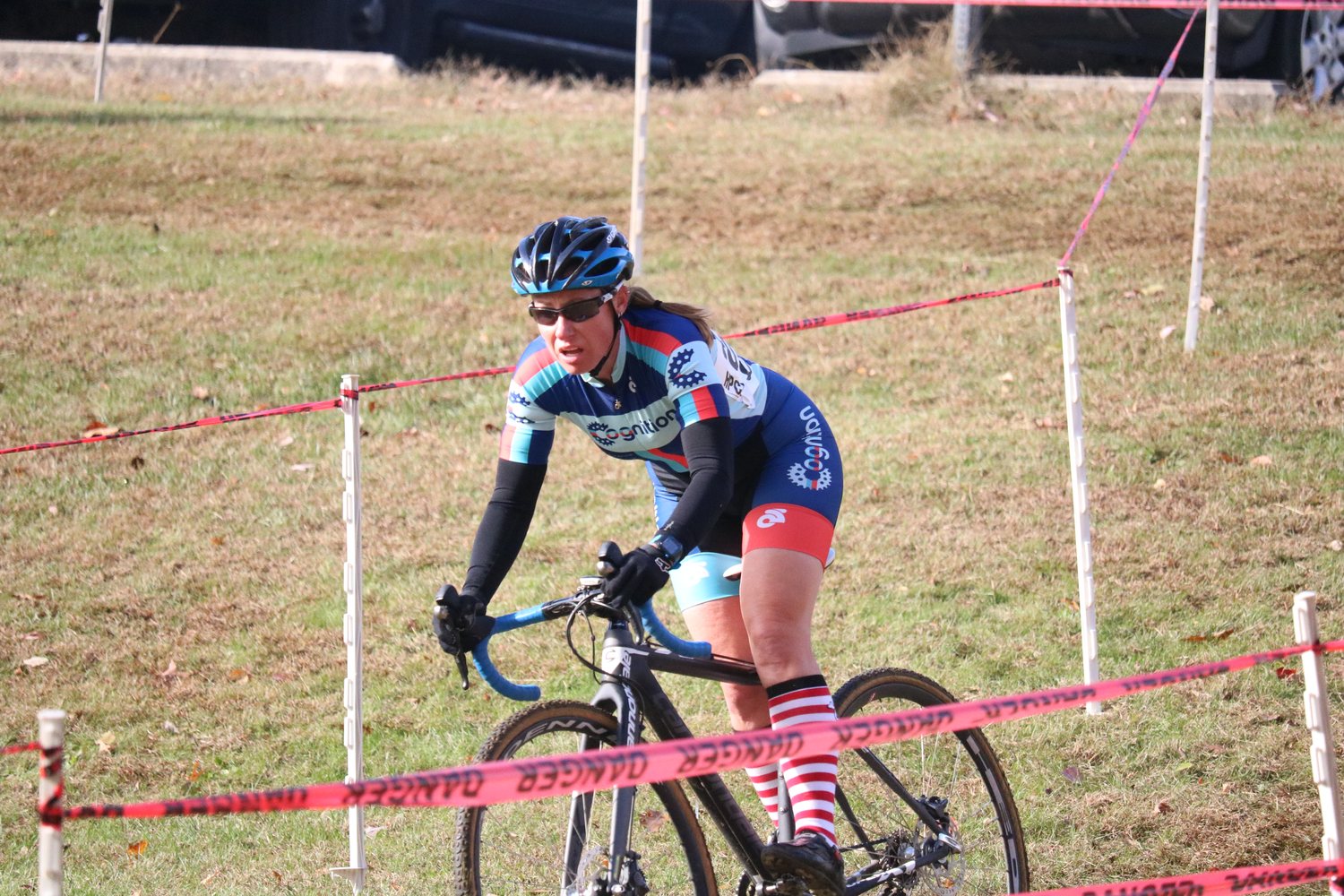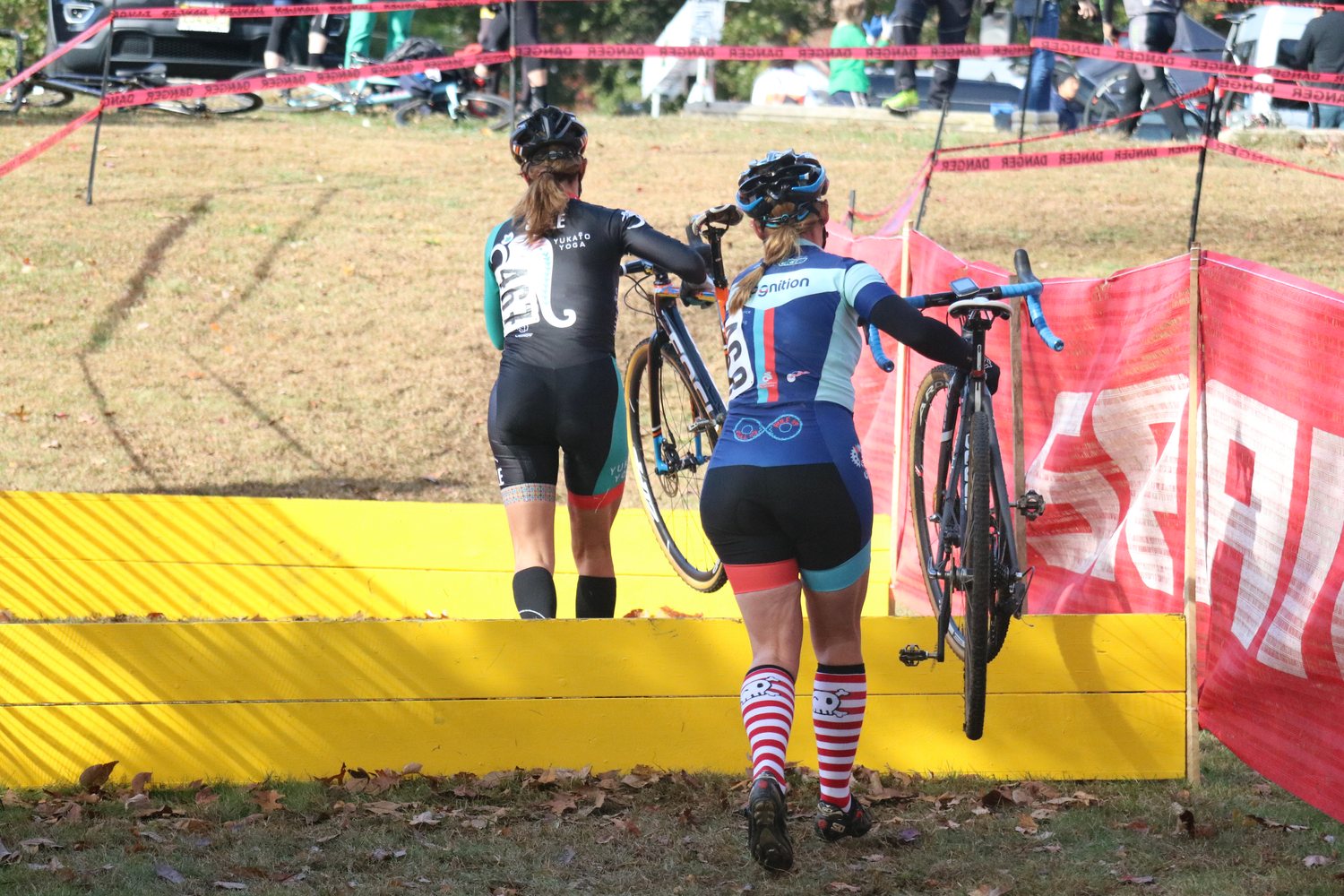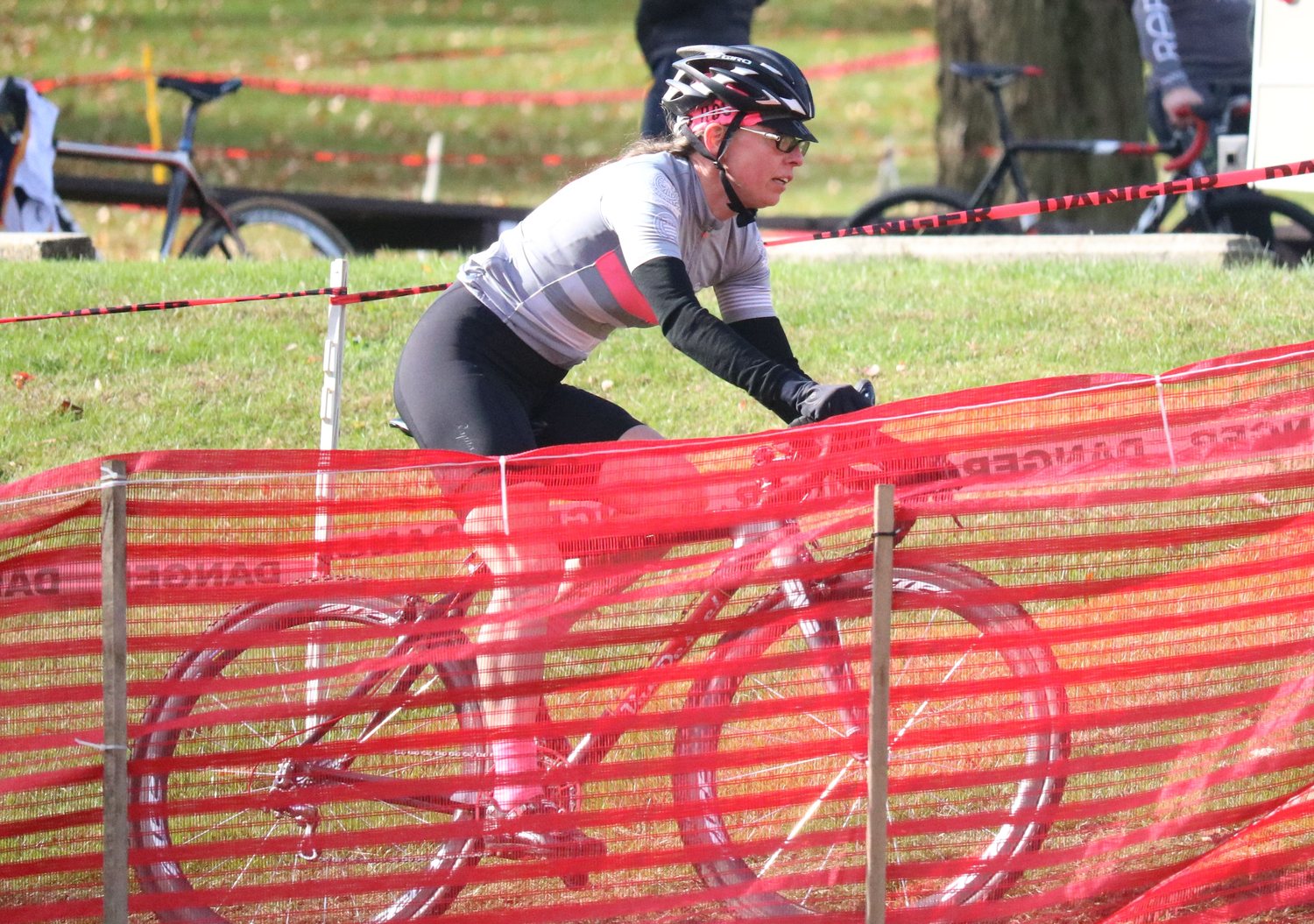It has been three days since Jalapeno Cycling released our announcement for two development teams (a men’s and women’s) geared for riders who have never raced cyclocross before, and we’ve already got a great group of people from New Jersey and New York City (and even well beyond) who have filled out the application. I’ve spent the last few days chatting with local folks from running groups, roll-out bike clubs, women’s cycling groups, and a triathlon club to drum up interest. In a lot of cases, I get both excitement as well as a quick follow up of “OH DAMN, I couldn’t do something like that.”
To me this is a strange reaction, but I’ve been racing cyclocross for a good while now. During the offseason, I proudly compete in 10K runs and triathlons. Both cyclocross and these running events are some of the safer forms of competitions. Certainly you might find someone getting medical attention in both places, but due to the low speed of these competitions, injury through falling is just not common place. And yet, cyclocross is seen as an X Games worthy endeavor while some people see a January Resolution Run as a harmless way to sweat out their New Year's hangover.
I have griped enough on how cyclocross promoters, racers, and spectators have a tendency to push and promote the crashing that happens on courses or sections that amateurs are not even allowed to race on. Instead, today I want to focus on what I think runners and triathletes are usually doing right, and how cyclocross can fit into this picture.
Before, during, and after, the focus in triathlons and running events is personal achievement. Whether you get in the top 10%, beat your old time, land on the podium, or just want to finish the race, the focus is on preparation, training, willpower, and accomplishment. (Even a quick search of crash reels in running usually showcase someone falling, getting back up, and finishing the race in first against all odds). As far as disciplines that play out in a similar way, the only thing that even comes close to cyclocross in this regard is perhaps gravel racing.
So if you are looking to give yourself a challenge, why bother with cyclocross when you already are engaged in a safe athletic competition? Here's why...
1) Every cyclocross course and venue is drastically different. Some courses are in an open field without a hint of shade in sight. Others are winding through nothing but trees. Some have steep climbs you have to run up, and others have thick grass you have to try and push through. Every course gives you a different mental challenge. You can’t just expect to show up and systematically count your splits. The more you try and shut your brain off and muscle your way through something, usually the harder you are making the race for yourself.
And because cyclocross is becoming global, the more you seek out adventure, the more you’re rewarded. From the dry earth of Colorado races, to the bogs of the Northwest, to the city parks of the lower Mid-Atlantic, to the epic coastal scenery of New England, the challenges only get better, and I’ve only touched on one country.
2) Cyclocross is a game of do-overs. Preparing months for an event only to come down with the flu the day before a race is heart breaking, or perhaps you had a mechanical that you had to get off your bike and fix, or a shoe lace that broke. These problems are not so drastic in cyclocross. Usually there is two races at the same venue every weekend, so a bad Saturday can be followed by a personal best on Sunday. If you’re lucky enough to live in the NYC area, you can practically find several different cyclocross races every weekend from September to November and still race into December.
This do-over idea can even be applied to a more micro level! The length of every course is different, but you’ll likely be racing between three to six laps when you start racing for the first time. If a corner, or a run up, or some other feature trips you up on one lap, it can be your next challenge for perfection on the following lap. If you want it, cyclocross can be a game of chasing perfection.
3) Breaks up your winter perfectly. Enough said. Cyclocross is the reason I look forward to the waning daylight instead of dread base mile time in the basement.
4) You are always fighting for something. No matter whether you’re avoiding being lapped at the back of the race, or you’re vying for a top ten, there is always something to fight for during the 30-40 minutes you are out there. With the advent of crossresults.com, you can even track the other riders who are very close in ability to you in order to paint a friendly target on a rival’s back for the next event.
5) Cyclocross is a social sport. Racing is only part of the fun. After you are done, it’s time to pull up a chair and see how the more experienced racers take turns and features. Cheering and friendly heckling is all par for the course in one of the most fun disciplines to see play out.
Still wondering if cyclocross is safe enough for you? Rather than focus on some of the hardest pro features that you won’t see unless you are an elite racer, I wanted to show off an honest look at the spirit of cyclocross in pictures. If you enjoy them, consider putting your name in the running for our development team before July 25th!

